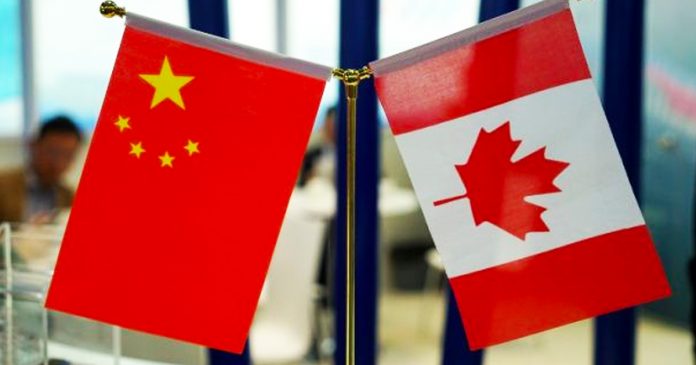The Canadian government has publicly named 85 Chinese research institutions that they believe “may pose” a threat to national security and potentially sensitive research on Tuesday.
The list of research institutions also includes 12 Iranian and six Russian organizations, which the Canadian government believes have ties to “military, national defence or state security entities.”
The list is part of an effort to keep Canadian research and development secured from theft and espionage, particularly in sectors like advanced weaponry, quantum science and aerospace.
“While Canadian-led research is defined by its excellence and collaborative nature, its openness can make it a target for foreign influence, increasing the potential risks for research and development efforts to be misappropriated to the detriment of national security,” said Minister of Innovation, Science and Industry François-Philippe Champagne in a statement Tuesday.
While federal officials know that foreign interference is at play, they still don’t have a complete understanding as to what extent.
“In defining the list, there would be an understanding of risk factors and how they relate to Canadian institutions but also to international institutions,” one official, who was speaking on condition of anonymity, told Global News.
Officials acknowledged that protecting Canadian research institutions will come at a much higher cost but that there also may be an even greater cost to sensitive research being “exfiltrated” by foreign agents.
The listing, which has been carefully compiled for some time, also included 11 “sensitive technology research areas.”
These areas include AI, energy technology, digital infrastructure technology, surveillance tech, human-machine integration, space and satellite research, amongst others.
The list was not made in terms of targeting specific countries or companies, Champagne told a House of Commons committee last November, but the list clearly reveals that the bulk of these organizations are coming from the People’s Republic of China.
The majority of entities on the list have direct ties with the Chinese armed forces, like the Rocket Force Command College, People’s Public Security University of China, or the National University of Defence Technology.
“China has been dramatically ramping up its research and development capacity. And part of that has been adopting Western technologies and turning them into Chinese innovations,” said Margaret McCuaig-Johnston, a University of Ottawa professor and expert on Canada-China relations in an interview with Global News.
The new policy will be applied via federal funding which is channeled through granting agencies as well as the Canada Foundation for Innovation.
There will be a vetting process for grant applications labelled as “sensitive technology,” and the researchers associated with the project cannot be connected with any of the listed organizations.
“Threats can come from anywhere at any time. … What we’ve been working with our intelligence agencies (on) is to make sure we are as specific as we can be,” Champagne told the committee.
Besides entities with connections to China, there are Russian entities, like the 27th Scientific Centre of the Russian Ministry of Defence and 48th Central Scientific Research Institute.
Listed also, are Iran’s Aerospace Research Institute Baghyatollah Medical Sciences University, and several other institutions associated with Tehran.
The new policy is scheduled to come into effect in September and officials say that the list will be reviewed and updated on a regular basis.





















